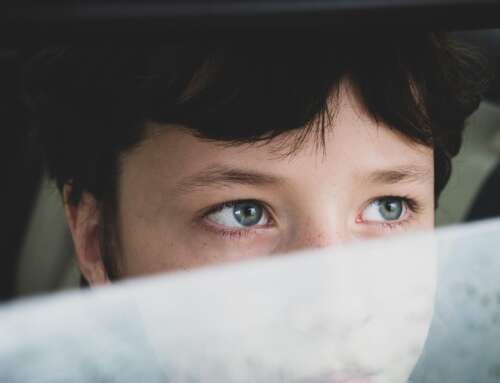Australia is one of the most multicultural counties in the world with 41% of Australians having one parent that was born overseas. Collectively, Australians speak over 200 languages; the most common being Chinese, Italian, Greek and Arabic, not to mention more than 50 languages spoken by Indigenous Australians*.
This melting pot that is Australia continues to strive for an integrated society of many nations where cultural diversity is celebrated. However the reality is that racism in schools still exists and can cause psychological distress, absenteeism, depression, anxiety and low self esteem. The mental health and well being of young people is clearly at risk if they suffer the abuse of racial slurs.
It is very difficult to understand racism unless you have experienced it first hand, but for many teenagers it is an everyday occurrence.
Example of a call to the Kids Help Line:
Male caller (12) is being teased and has had threats of violence from kids at school because of his Asian background. He said the teasing also occurs outside of school by adults as well as kids.
The sorts of racist incidents that are most commonly reported at school are name-calling, teasing, exclusion, physical violence from pushing and shoving to all out attacks by racist gangs, verbal abuse and bullying which has now extended to cyberbullying.
Helpful hints for teachers to defuse racism in the classroom
1. Help students to develop an understanding of and respect for cultural differences, this should be encouraged across the whole school community and helps prepare students for entering society.
2. Develop a school culture which values cultural diversity by implementing education programs that acknowledge the cultural practices of other cultures.
3. Build on the cultural skills that students bring to the classroom and help them explore issues of identity through projects.
4. Organise Cultural Events/celebrations. All children enjoy celebrations. They can learn to appreciate a different culture through experiencing its food, music and dance.
5. Acknowledge Chinese New Year, Eid, Diwali and Christmas. It is not necessary to introduce the religious aspects of these celebrations but rather concentrate on the cultural significance of these events.
6. School outings: organise a visit to a gallery or museum that is featuring work from another culture. Get the kids to produce an artefact that highlights an aspect of that culture.
7. Practice What You Preach: it is important that teenagers see teachers treat all students the same. In this way they will learn to value everyone for who they are and not what they look like.
The government has launched an online platform, Racism: No Way, which addresses some of the issues of racism and provides teacher support material to help address the issues of racism.
Current research into the effects of racism is also being conducted at Monash University. Head researcher, Mr Kaine Grigg would like as many young people as possible aged between 16-20 years old to complete a short online questionnaire about their attitudes towards different racial, ethnic, cultural and religious groups. If you or anyone you know would like to be involved in this please contact Kaine Grigg on kaine.grigg@monash.edu or go to SurveyMethods and complete the online questionnaire.
Children suffering from racist taunts can get help online from Kids helpline or phone 1800 55 1800.
* 2006 Census data as reported by the Australian Bureau of Statistics.
Writer Helen Splarn. Editor Dr Ramesh Manocha.
Source: Racism: No Way. Kaine Grigg.







I think that a lot of the cause of racism is mentality that children develop from their parents. From someone who completed all my education in Australia I was not the victim of any racism as it was made quite clear Principals and teachers that within the walls of the school racism of any kind would not be tolerated. Parents were also very welcoming of another student from a different cultural background. However the schools that I attended had all the above we acknowledged different cultural celebrations… So kids to an extent learn from what they see and hear. So adults need to set a better example for kids to follow especially public figures (leaders of all types)
This is definitely an article that one can relate to being an Australian. Either being the subject or racism or the bully that is racist. It’s nasty, mean and uncalled for. If you can’t accept other cultures than you have an issue that you need to deal with. We all bleed the same colour underneath, learn to grow up and appreciate what you have. I think it’s a great idea to influence children at school to accept different cultures.